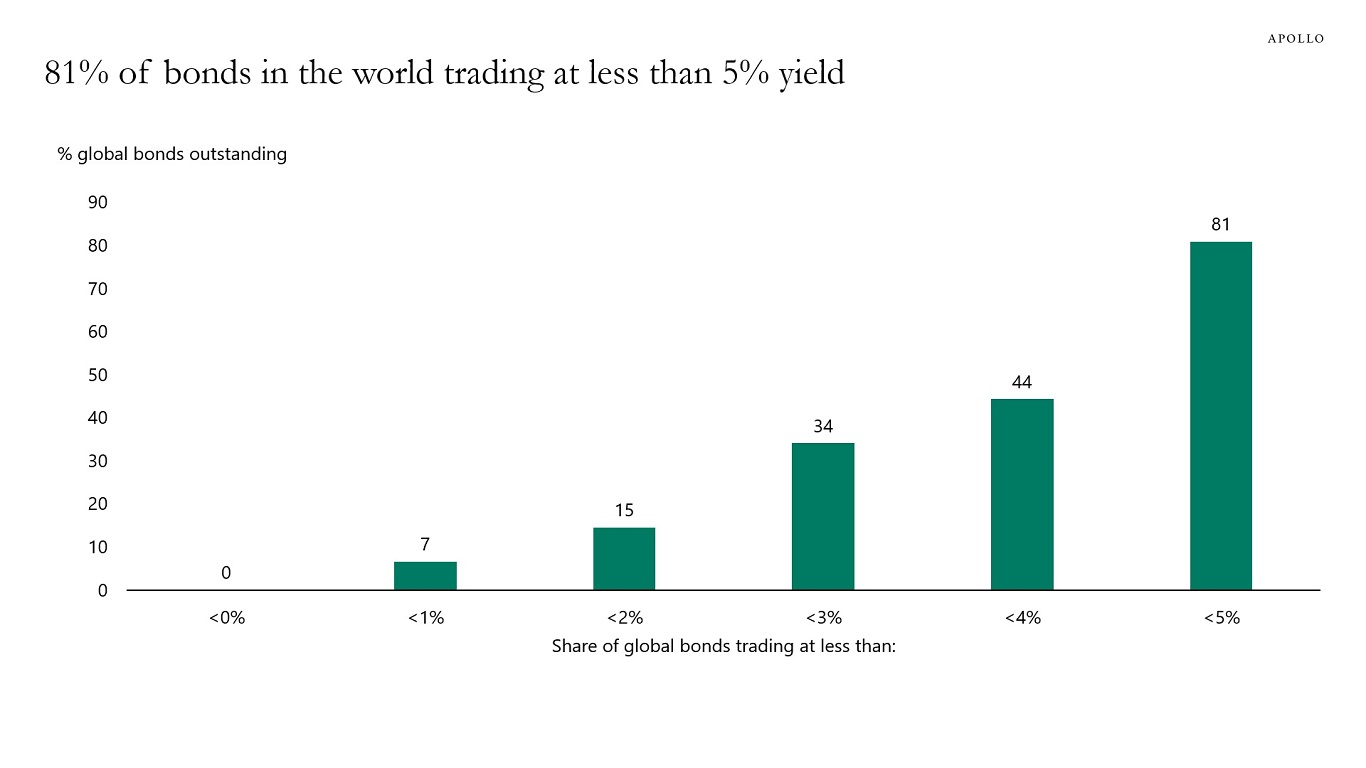On average, the stock market closes at an all-time high 18 times each year.
In 2024, the S&P 500 has closed at an all-time high 50 times, see chart below.



On average, the stock market closes at an all-time high 18 times each year.
In 2024, the S&P 500 has closed at an all-time high 50 times, see chart below.

The economy is strong, and there are upside risks to inflation. Markets are pricing in too many Fed cuts, see chart below.

The narrative that the labor market is cooling is inconsistent with the continued strength seen in the incoming data for above-trend GDP growth, strong retail sales, strong durable goods, low jobless claims, and rising average hourly earnings.
In addition, default rates continue to decline, corporate profits are at all-time highs, weekly forward profit margins are at record highs, and US household balance sheets are in excellent shape, see charts below.
In short, the US economy remains incredibly strong.
Combined with tailwinds to growth from record-high stock prices, tight credit spreads, M&A/issuance markets rebounding, the AI/data center boom, the Chips Act, the IRA, the Infrastructure Act, and lower taxes for domestic manufacturers and deregulation likely coming, the bottom line is that we could see a dramatic increase in job growth in November, including a reversal of the weather and strike effects that were pushing down nonfarm payrolls in October.
Our chart book with daily and weekly indicators for the US economy is available here.




Our latest credit market chart book is available here, and it is your one-stop guide to the outlook for credit markets after the election.


A strong economy usually means higher tax revenues for the government and lower expenditures on unemployment benefits, which in turn means better government finances.
Despite the US being in a solid cyclical position, the US budget deficit is the biggest among OECD countries, see chart below.
If growth slows and the unemployment rate rises, the US fiscal position will deteriorate even further.

Since the Fed began to raise interest rates in March 2022, the FOMC has constantly expected the economy to slow down, see chart below. But it still hasn’t happened. In this Daily Spark, we discuss why.

The average P/E ratio of the top 10 biggest companies in the S&P 500 is almost 50, see chart below. Let’s hope we don’t have a recession anytime soon.

The decline in house prices in China continues, with used home prices falling 9% and new home prices falling 6%, see chart below.

A new study from S&P shows that roughly 90% of active public equity fund managers underperform their index, and 81% of active public fixed income managers underperform their index on a 10-year horizon, see chart below. For more see here.

When the Fed started raising interest rates in March 2022, a lot of Fed speeches and market conversations focused on the long and variable lags of monetary policy, i.e., the time it takes before Fed hikes begin to slow down the economy.
Traditional impulse-response functions in VAR models and the Fed’s own model of the US economy, FRBUS, suggest that it should take 12 to 18 months before tighter monetary policy begins to slow the economy down.
However, it has been 30 months since the Fed started raising interest rates, and we have still not seen any sign of a slowdown. This week, we got GDP growth for the third quarter, and it came in at 2.8%. And the Atlanta Fed’s GDP estimate for fourth quarter GDP is 2.3%, above the CBO’s 2% estimate for long-run growth.
This is the key issue across the S&P 500, credit, FX, and private markets: What happened to long and variable lags? Why is GDP growth still above potential, and why did Fed hikes not slow down consumer spending and capex spending the way the textbook would have predicted?
There are three reasons:
First, the US economy has been less sensitive to interest rate increases because consumers and firms locked in low interest rates during the pandemic.
Second, the US economy continues to experience a big structural boom in AI and data centers.
Third, fiscal policy is easy with a 6% budget deficit, driven by the CHIPS Act, the IRA, the Infrastructure Act, and defense spending.
These tailwinds combined have offset the mildly negative impact of Fed hikes on highly leveraged consumers and firms.
In addition, these three tailwinds are unique to the US, which is why the business cycle is strong in the US and weak in the rest of the world.
With the Fed now cutting rates and these three tailwinds still in place, the outlook for the US economy continues to be positive.
Our latest chart book with daily and weekly indicators for the US economy is available here.

